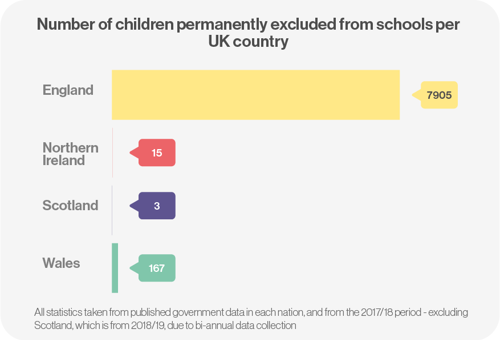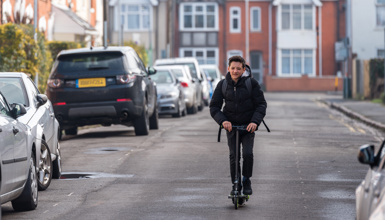School exclusion
School exclusion is when a child is removed from school, either on a temporary or permanent basis.

Permanent exclusion refers to a pupil who is excluded and will not come back to that school (unless the exclusion is overturned).
Fixed term or temporary exclusion refers to a pupil who is excluded from school for a set period of time. This is sometimes known as suspension.
The vast majority of children and young people permanently excluded from school in the UK are in England. The most common reason for children being excluded from school, either permanently or for a fixed period of time, is for persistent disruptive behaviour.





 Author
Author